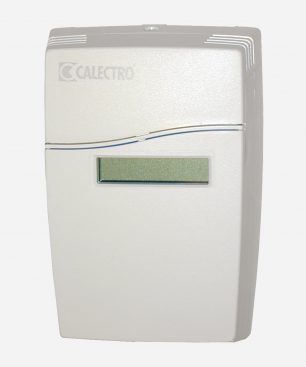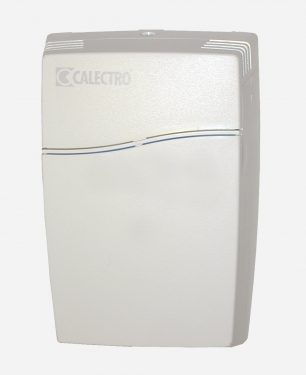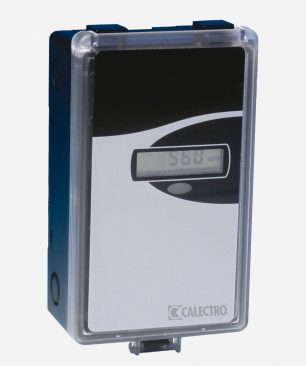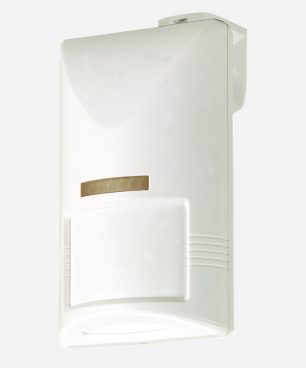Demand-controlled ventilation
Carbon dioxide (CO2) is an odourless gas that exists naturally in the air we exhale. However, even a slight increase in levels has a negative impact on people, with symptoms including headaches and difficulties in concentrating. Using a CO2 transmitter, you can quickly and reliably measure the air’s CO2 content in a room and use this information to regulate the ventilation in an energy-efficient way to achieve an ideal indoor climate.
How does the application work?
The system is based on a CO2 transmitter 1 , which is linked directly to an air damper 2 or to an external control unit.
If required, a PIR sensor 3 can be linked directly to the CO2 transmitter for enhanced effectiveness. When the PIR sensor indicates that there are people in the premises, the CO2 transmitter opens the air damper in the premises for a basic flow. If the CO2 level exceeds the set point, the damper is opened further in order to remove undesired CO2 from the premises. This means that the ventilation is maintained at the precise output required without wasting any energy.
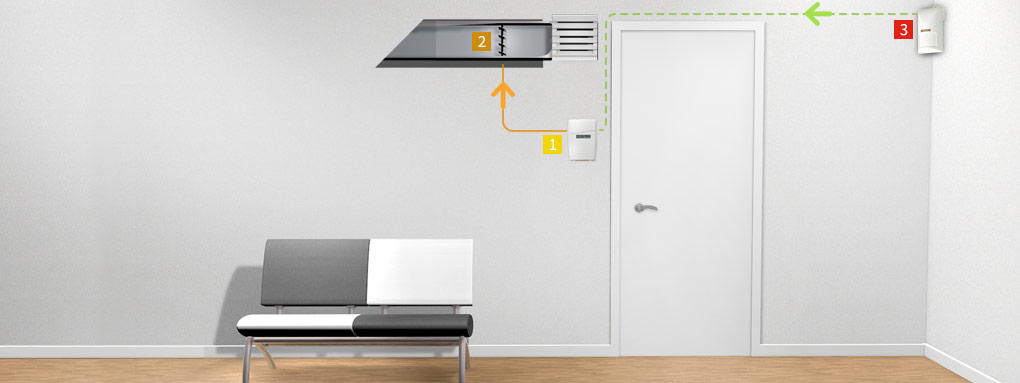
CO2 control technology can generate major savings in premises that are unused during parts of the day, e.g. gymnasiums. In such areas, full ventilation may be required when the room is in use, but only basic ventilation is needed an hour later when it is empty. Our CO2 transmitters have been developed by one of the world’s leading manufacturers, Sweden-based SenseAir AB.
Why use SenseAir’s CO2 transmitters?
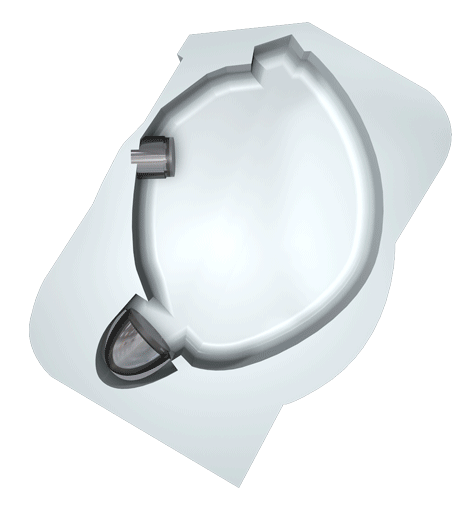
NDIR (Non Dispersive Infrared)
The CO2 transmitter uses a pulsing infrared light beam to detect the level of CO2 in the ambient air; this is known as NDIR technology. However, this technology has been further developed, as the length of the light beam is very important in achieving the reliable detection of CO2 particles in the air, while at the same time people want a unit that is as compact as possible. The solution has therefore been to locate the light source in a mirror chamber so that the light bounces back and forth six times in the chamber before reaching the detector. This technology produces unsurpassed measurement results, is environment- and temperature-immune and is extremely stable in the long term.
Temperature measurement
Not only may ventilation be required if the CO2 levels increase in a property, it may also be needed if there is an increase in the temperature, e.g. when the sun is shining on a hot day. The CO2 transmitter is therefore also fitted with an integrated temperature sensor, so that the ventilation can compensate for both an increased CO2 level and/or temperature.
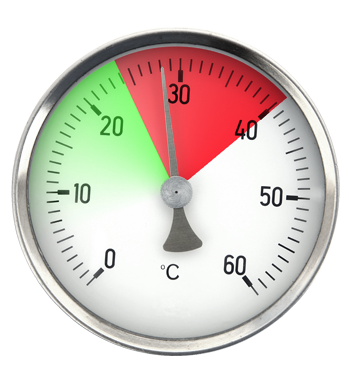
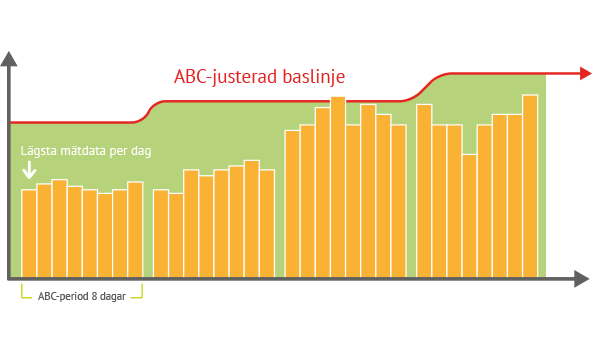
Automatic calibration function
The CO2 transmitter has an automatic calibration function known as “ABC”, which measures the lowest CO2 level each day and corrects the transmitter’s base curve every eight days, which means that in normal conditions the transmitters are completely maintenance-free.
Quickly configurable via PC
All our CO2 devices can be easily configured and are made user-friendly via a graphical PC program. This also allows a number of units to be configured quickly, as the parameters from one unit can be easily downloaded to another one, e.g. in connection with major installations or service.
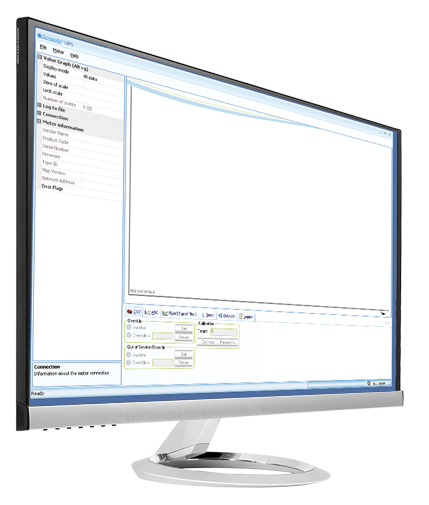
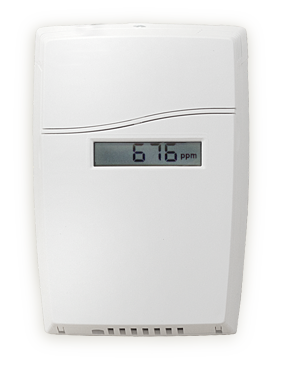
Easy-to-read display and quick adjustment of set point
Certain CO2 transmitter models have a display that reports the CO2 level and the room’s temperature in real time. The display can also be use to adjust the transmitter’s CO2 and temperature set points via two concealed buttons on the front of the unit.
MODBUS communication
Modbus is a communication interface that allows for central monitoring and control of all devices connected in a network. All CO2 models are available with Modbus communication as an option.

Read more!
Below is a selection of Calectro’s smoke detection products. If you want to view all our products, you will find them under the product range tab, which is in the top left-hand corner under the logotype.
